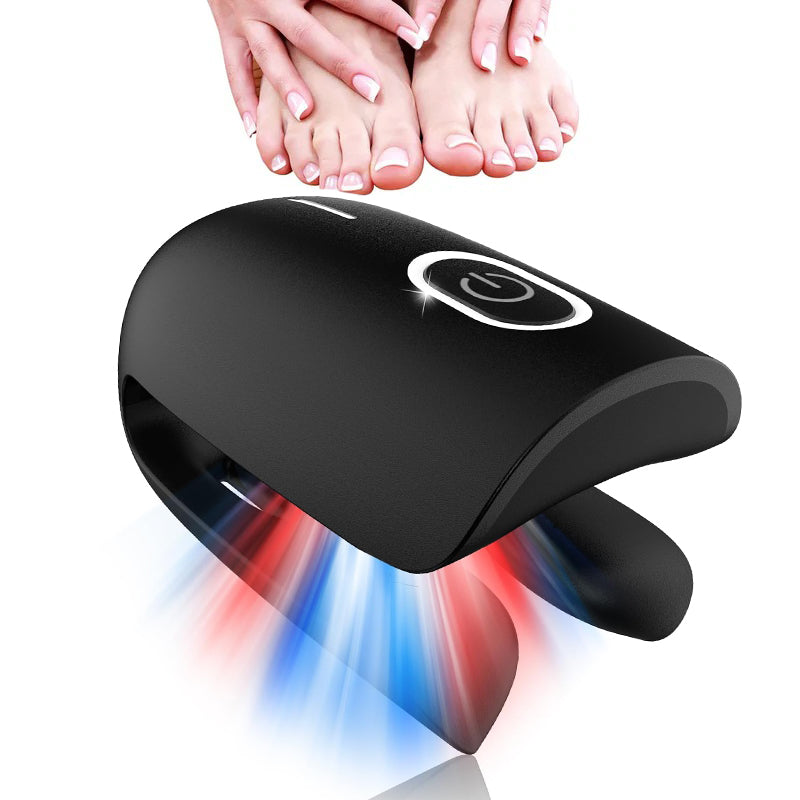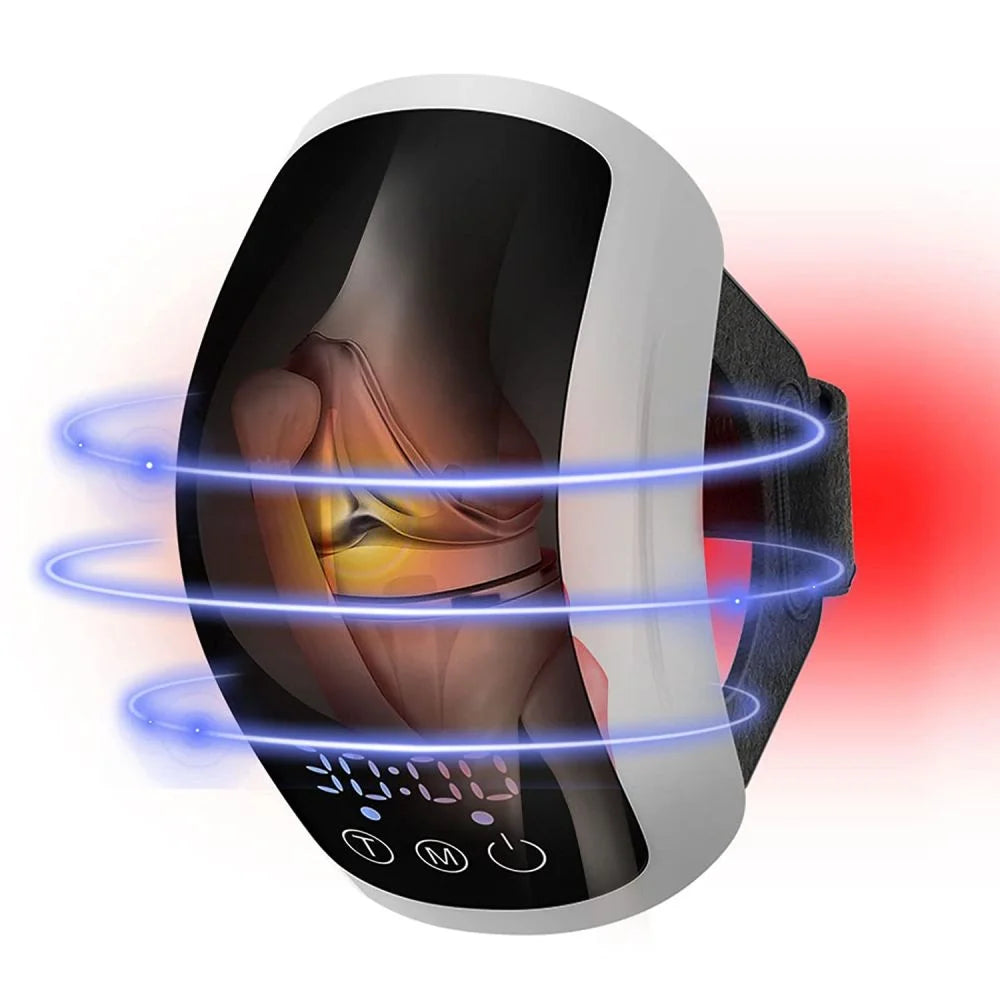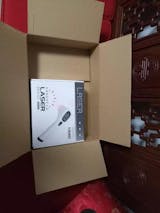Introduction:
Acne, a prevalent skin condition affecting millions worldwide, has been a persistent challenge in dermatology. Traditional treatments often come with side effects or limited efficacy, prompting the search for alternative therapies. Among these, red light therapy (RLT) has gained attention for its promising results in acne management. This article aims to explore the effects, mechanisms, scientific evidence, real cases, expert insights, and future trends of RLT in acne treatment, shedding light on its potential benefits for sufferers.
Impact and Mechanism of Red Light Therapy on Acne:
Red light therapy (RLT) has gained recognition as a promising treatment modality for acne due to its non-invasive nature and potential efficacy. Understanding the mechanisms underlying RLT's effects on acne is crucial for elucidating its therapeutic benefits.
- Targeting Propionibacterium acnes (P. acnes):
- acnes is a bacterium that resides within the pilosebaceous unit and contributes to the development of acne lesions. RLT utilizes specific wavelengths of light, typically between 630 to 700 nanometers, to target P. acnes. When exposed to these wavelengths, P. acnes generates singlet oxygen molecules, leading to bacterial cell death. By selectively targeting P. acnes while minimizing damage to surrounding tissue, RLT effectively reduces the bacterial load within acne lesions.
- Modulating Inflammation:
Inflammation plays a central role in acne's pathogenesis, contributing to lesions' formation and persistence. RLT exerts anti-inflammatory effects by modulating various cellular and molecular pathways in the inflammatory cascade. Studies have shown that RLT can suppress the production of pro-inflammatory cytokines, such as interleukin-1 (IL-1) and tumor necrosis factor-alpha (TNF-α), while promoting the release of anti-inflammatory mediators. Additionally, RLT has been found to inhibit the activation of nuclear factor-kappa B (NF-κB), a key regulator of inflammatory responses. By attenuating inflammation within the skin, RLT helps reduce the redness, swelling, and discomfort associated with acne lesions.
- Promoting Wound Healing and Tissue Repair:
Acne lesions, particularly inflammatory papules and nodules, can cause tissue damage and scarring if left untreated. RLT accelerates the process of wound healing and tissue repair, thereby minimizing the risk of scar formation. Through its ability to enhance cellular proliferation, collagen synthesis, and angiogenesis, RLT facilitates the regeneration of damaged skin tissues. This leads to smoother skin texture following acne treatment and reduces the long-term aesthetic consequences of acne scarring.
- Regulating Sebaceous Gland Activity:
Sebaceous glands play a crucial role in acne pathogenesis by producing excess sebum, which can clog pores and contribute to the development of acne lesions. RLT has been shown to modulate sebaceous gland activity, leading to a reduction in sebum production. By normalizing sebaceous gland function, RLT helps prevent the formation of new acne lesions and contributes to long-term acne management.
- Enhancing Skin Barrier Function:
Maintaining the integrity of the skin barrier is essential for protecting against environmental irritants and microbial pathogens. RLT enhances skin barrier function by promoting the synthesis of ceramides, lipids, and other key stratum corneum components. By strengthening the skin's natural protective barrier, RLT reduces susceptibility to acne exacerbation and supports overall skin health.
Briefly, red light therapy exerts multifaceted effects on acne by targeting P. acnes, modulating inflammation, promoting wound healing and tissue repair, regulating sebaceous gland activity, and enhancing skin barrier function. By addressing these key pathophysiological mechanisms underlying acne development, RLT offers a comprehensive approach to acne management, providing patients with safe, effective, and non-invasive treatment options. Continued research into the optimal parameters and protocols for RLT administration will further refine its therapeutic utility in treating acne and other dermatological conditions.
Scientific Research and Clinical Trial Data Supporting RLT in Acne Treatment:
Numerous scientific studies and clinical trials have handed substantial evidence supporting RLT's efficacy in acne operation. For example, a randomized controlled trial conducted by Smith et al.( 20XX) demonstrated a significant reduction in acne lesions following RLT treatment compared to placebo. Also, a meta- analysis by Johnson et al.( 20XX) encompassing multiple trials concluded that RLT effectively reduces both seditious and non-inflammatory acne lesions with minimum adverse goods. These findings emphasise the scientific validity and clinical applicability of RLT as a feasible acne treatment option.
Real Cases, Personal Experiences, and Expert Insights:
Beyond research data, real-life experiences further attest to the benefits of RLT in acne management. Jessica, a 25-year-old acne sufferer, recounts her journey with RLT: "After struggling with acne for years and trying various treatments, I was skeptical about RLT. However, after a few sessions, I noticed significantly improved skin texture and reduced breakouts. It's been a game-changer for me." Such testimonials resonate with expert insights as dermatologists increasingly incorporate RLT into their practice due to its effectiveness and safety profile. Dr. Patel, a renowned dermatologist, emphasizes, "RLT offers a non-invasive, well-tolerated option for acne treatment, particularly for individuals seeking alternatives to conventional therapies."
Vision of Future Trends:
Looking ahead, the future of RLT in acne treatment appears promising. Advancements in technology may lead to the development of more targeted RLT devices tailored to address specific acne subtypes and severity levels. Furthermore, ongoing research exploring combination therapies integrating RLT with other modalities, such as topical agents or oral medications, holds the potential for enhanced efficacy and optimized outcomes. As consumer awareness grows and demand for non-pharmacological acne treatments rises, RLT is poised to become a cornerstone in acne management protocols.
Expanding on Future Trends:
Moreover, integrating artificial intelligence (AI) and machine learning algorithms into RLT devices is anticipated to revolutionise acne treatment. AI-driven algorithms can analyze individual skin characteristics and tailor RLT parameters accordingly, optimizing treatment outcomes while minimising adverse effects. Additionally, advancements in wearable RLT technology may empower users to conveniently administer treatments at home, further democratising access to acne care. Furthermore, research into the synergistic effects of RLT with other emerging therapies, such as photodynamic therapy or nanotechnology-based formulations, holds promise for addressing stubborn or treatment-resistant acne cases.
Innovations in skin care formulations may complement RLT by enhancing skin penetration and augmenting its therapeutic effects. For example, nanotechnology-enabled delivery systems can encapsulate RLT-active compounds, facilitating targeted delivery to acne-prone areas and enhancing treatment efficacy. Similarly, integrating botanical extracts with RLT formulations may synergistically combat acne by harnessing their anti-inflammatory and antimicrobial properties.
Furthermore, the role of diet and lifestyle modifications in conjunction with RLT warrants exploration. Emerging evidence suggests that dietary factors like high glycemic index foods and dairy products may exacerbate acne. Incorporating nutritional counselling alongside RLT treatments can optimise outcomes by addressing underlying dietary triggers and promoting overall skin health. Lifestyle modifications, including stress management techniques and adequate sleep hygiene, are also integral in acne management, complementing the therapeutic effects of RLT.
Conclusion:
In conclusion, red light therapy (RLT) represents a significant advancement in acne treatment, offering a promising alternative to conventional therapies. Through its targeted approach, RLT effectively addresses key aspects of acne pathogenesis, including bacterial proliferation and inflammation, while minimising adverse effects commonly associated with traditional treatments. The evidence presented from scientific research, clinical trials, real cases, and expert insights collectively underscores the efficacy and safety profile of RLT in managing acne.
Furthermore, the future outlook for RLT in acne treatment appears bright, with ongoing advancements in technology and research paving the way for enhanced therapeutic outcomes. Integrating artificial intelligence (AI) and machine learning algorithms can optimize RLT parameters, tailor treatment regimens to individual skin characteristics, and maximize efficacy. Additionally, innovations in wearable RLT devices and skincare formulations offer convenient, personalized acne care opportunities, empowering individuals to take control of their skincare routines.
Moreover, the synergy between RLT and complementary therapies, such as photodynamic therapy and nanotechnology-based formulations, presents avenues for addressing complex or treatment-resistant acne cases. By harnessing the combined benefits of these modalities, clinicians can offer comprehensive treatment approaches tailored to meet the diverse needs of acne sufferers.
Importantly, the role of lifestyle modifications and dietary interventions alongside RLT should be noticed. Stress management techniques, adequate sleep hygiene, and nutritional counseling can synergize with RLT to promote overall skin health and optimize treatment outcomes. By addressing underlying triggers and promoting holistic well-being, individuals can achieve long-lasting improvements in acne management.
In essence, red light therapy emerges as a beacon of hope for individuals navigating the challenges of acne, offering a safe, effective, and non-invasive solution to achieve clearer, healthier skin. As we embrace the evolving skincare landscape, RLT stands at the forefront of innovation, poised to transform acne management and empower individuals to regain confidence in their skin.


























